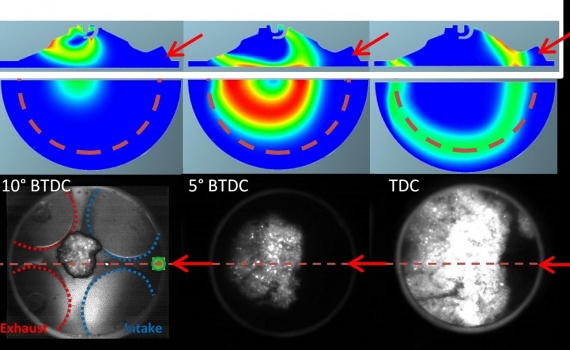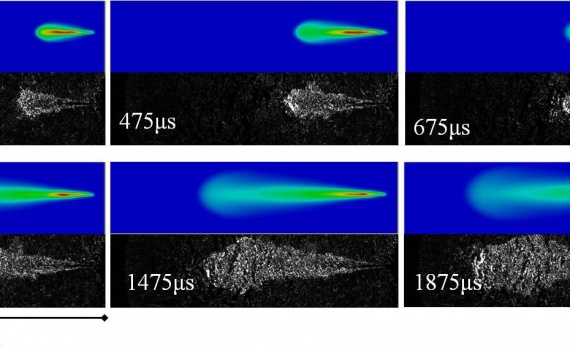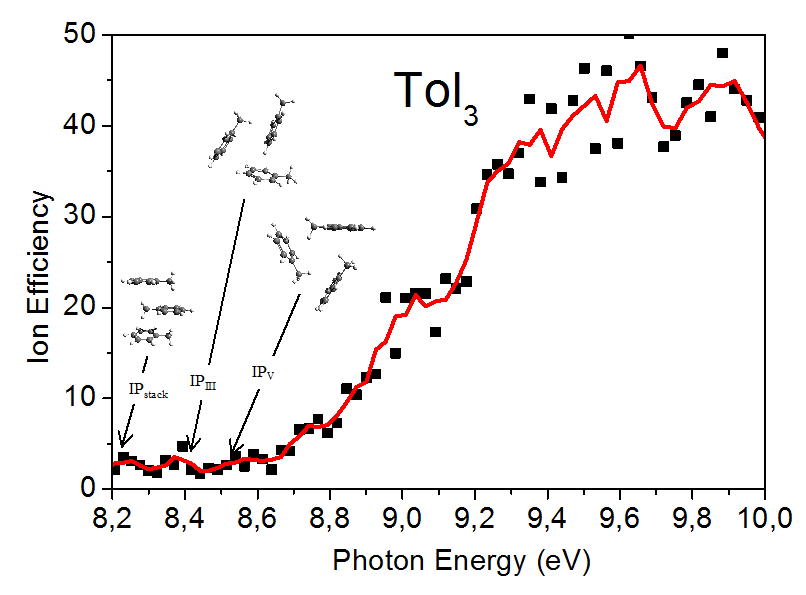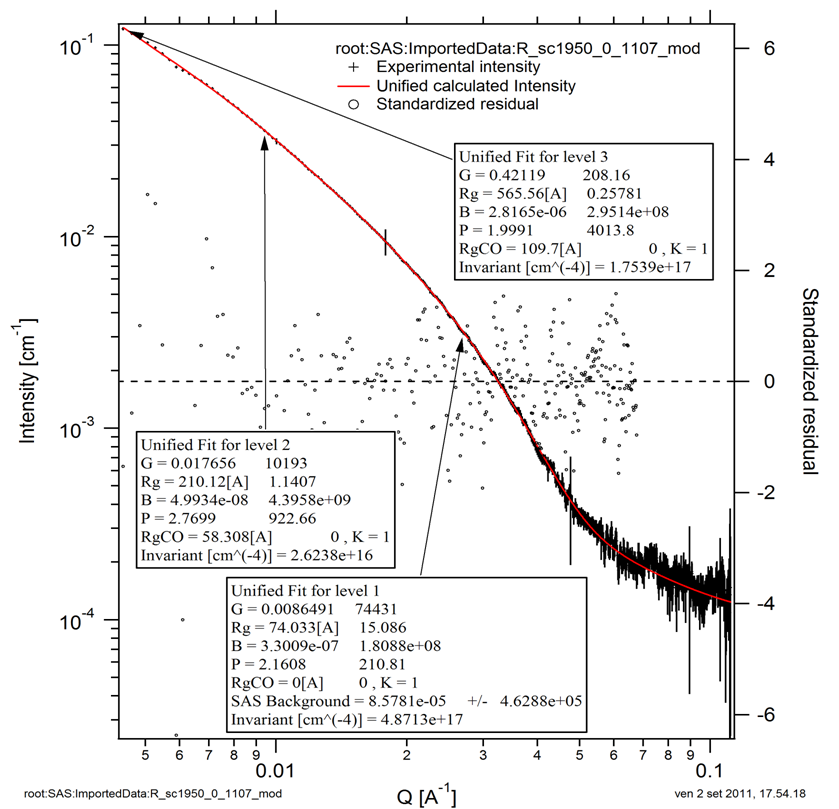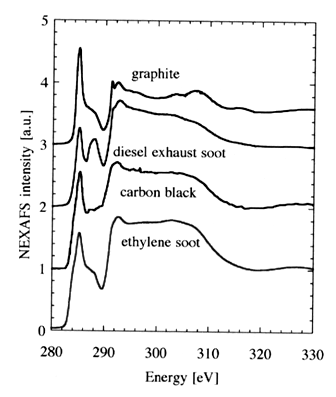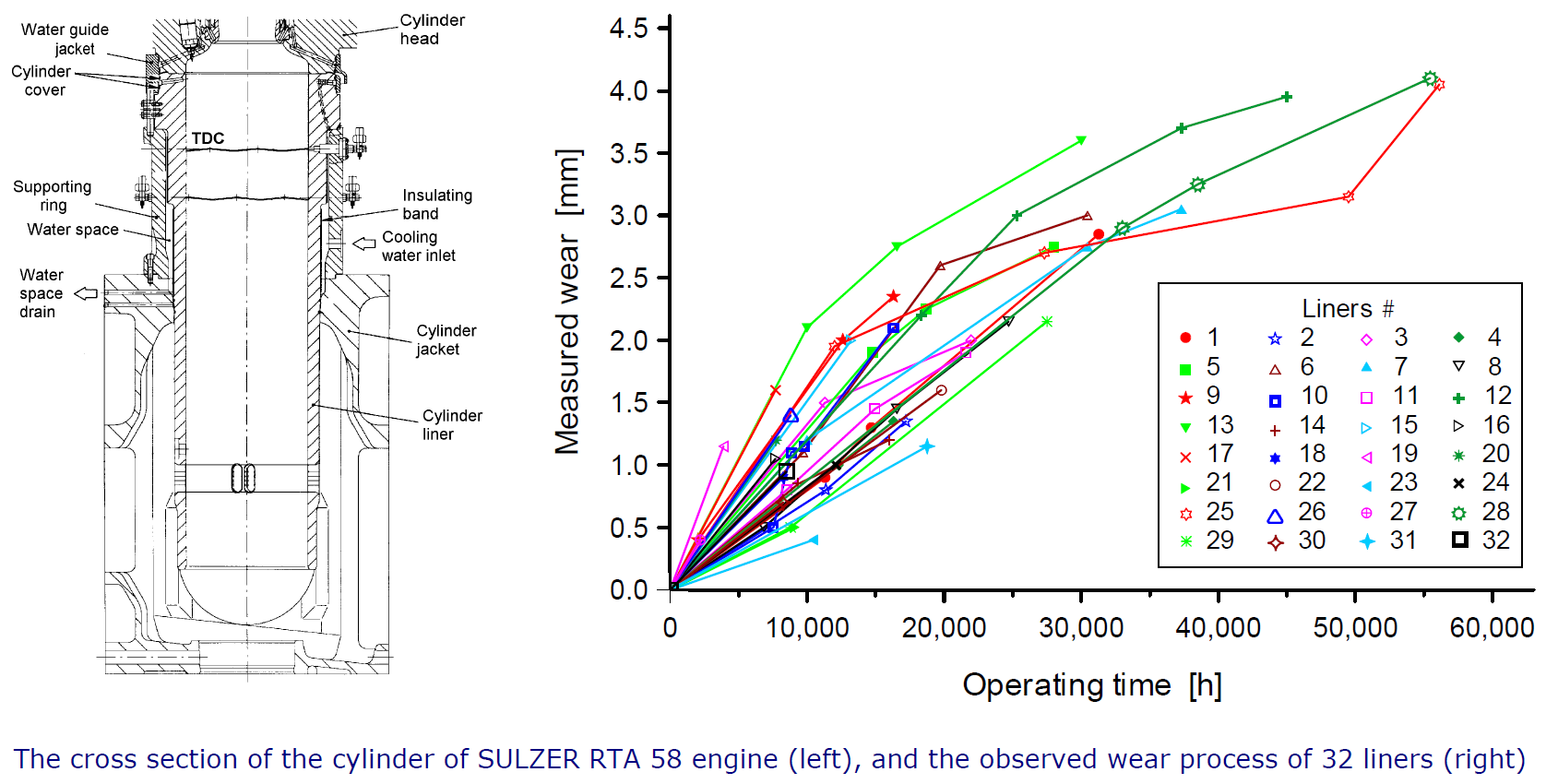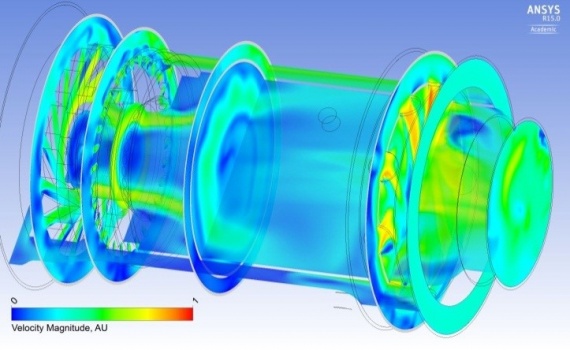
National Research Council
Category Archives: [:it]Metodologie di ricerca avanzate[:en]Advanced research methodologies[:]
- 16
Nov 15
-
- 13
Nov 13
-
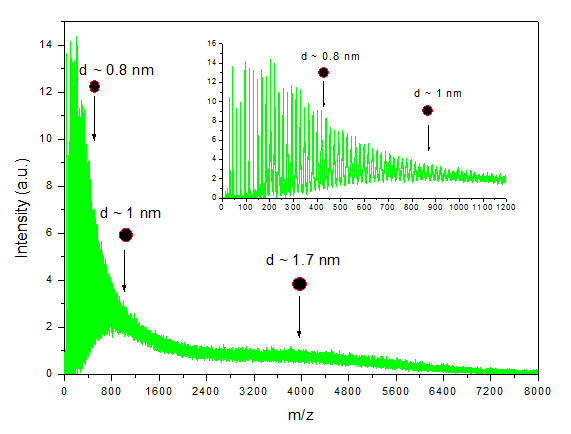
Nucleation and growth of antropogenic aerosols
Aerosols, namely particles with sizes from few nanometres to several microns suspended in a gas, are ubiquitous and constituents of atmosphere. Since 2005, in the Laser and Mass Spectrometry Laboratory of Istituto Motori, investigations on the new particles formation are carried out by monitoring the nucleation of vapours in laboratory experiments and by studying structures and energetics of clusters as possible seed of nucleation.
Time-of-Flight Mass Spectrometry (TOFMS), in combination with Molecular Beam (MB) and near-threshold tunable Single Photon ionisation (SPI), is the method used to study the clusters as precursors of aerosols.
The main features of near-threshold ionization, with photon energy tunable in the 7-12 eV range, are a) the reduction of fragmentation of weakly bound molecular complexes, and b) the possibility of (selective) ionization spectroscopy.
Van der Waals (vdW) organic molecules clusters or hydrogen bonded clusters (mainly hydrated clusters) are investigated with VUV photoionization spectroscopy. Quantum-mechanical modeling (Density Functional Theory or DFT) is carried out to investigate structures and energetics of clusters, as well as molecular dynamics mechanisms resulting from photoionization processes.
Experiments on sodium-doped molecules are in progress, in order to realize aerosl sizer based on UV ionisation and mass spectrometry.
The Na-doping method consists in the attachment of a sodium atom to the molecular complexes to be ionized. As a result, a substantial decrease of the ionization potential of the complex determined by the Na atom occurs, enabling an almost fragmentation-free ionisation by UV lasers
The aim is to enhance the detection of aerosols and then to allow a focused study about the influence of antropogenic emissions on the aerosol formation in the atmosphere.
VUV-SPI photoionization of toluene clusters. From the comparison of Photoionization Efficiency (PIE) curves and DFT calculations on stacked and not-stacked cluster structures, it resulted that the most probable growth mechanism for toluene clustering involves the dimers as nucleation seed.
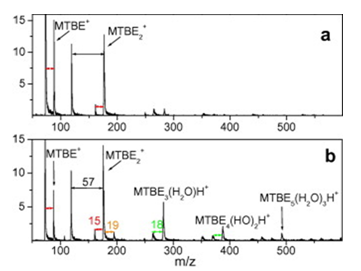
Photoionization process in hydrated clusters. The addition of water to the cluster aggregation may have significant effects: the high stability series detected in the mass spectra of mixed ethers-H2O clusters results from multiple proton transfer mechanisms whereby, following the photoionization, the clusters rearrange by allowing a proton to migrate from ether molecules, and then to the water molecule, to which it bonds by forming a stable H3O+ core.
 Typical mass distribution of sodium-doped water clusters.
Typical mass distribution of sodium-doped water clusters.
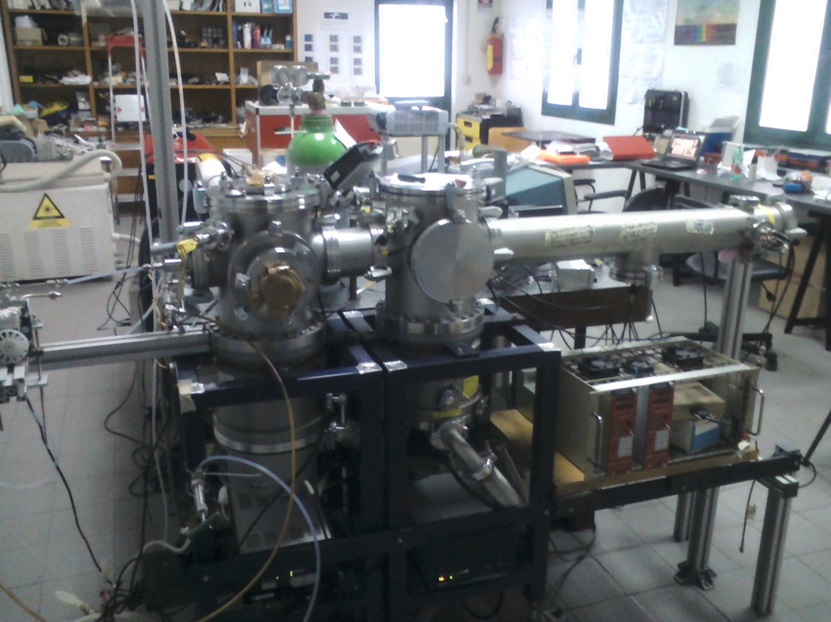
SPI/MB/TOFMS (Single Photon Ionization, Molecular Beam /Time of Flight Mass Spectrometer) experimental apparatus at laser and Mass Spectrometry Laboratory of Istituto Motori.
COOPERATION is ongoing with the following research teams:
- National Institute of R&D of Isotopic and Molecular Technology Cluj-Napoca, Romania
- Dip. di Ingegneria Chimica, dei Materiali e delle Produzioni Industriali, Universita’ di Napoli Federico II, Napoli
- Dip Chimica, Universita’ di Napoli Federico II, Napoli
- 21
Oct 13
-

Computational Fluid Dynamics
The role of Computational Fluid Dynamics (CFD) is today well recognised as a valuable tool for the analysis of the thermo-fluidynamic phenomena underlying the energy conversion process in various kind of systems. Numerical simulation allows performing virtual tests about different geometrical configurations or governing parameters within relatively short times and at negligible costs in comparison with the corresponding experimental characterization.
CFD techniques in Istituto Motori are daily applied for studies concerning both internal combustion engines and combustors for stationary power plants, where either fossil or renewable fuels are employed. Multidimensional models are assessed as proprietary codes or through proper formulation within commercial software environments, for the characterisation of turbulent reactive multi-phase flows. The synergy between CFD and advanced experimental analyses is pursued in a continuous way, with the twofold scope of models validation and gain of hints for further experimental analysis.
The technological transfer of the knowledge acquired from CFD studies to manufacturers is straightforward, due to the worldwide spread change from a test-first culture to an analysis-led design process. In this perspective, the use of rigorous techniques of decision-making, such as optimization methods coupled with modern tools of numerical simulation is also being conducted to reduce costs, improve performance and reliability, and shorten the time-to-market of energy conversion systems and components for the highest energetic and environmental performance.
The main topics object of CFD studies are:
- simulation of the dynamics of liquid sprays in gaseous atmospheres in the presence of possible impact on heated walls;
- application and optimization of CFD techniques with detailed chemical kinetics to compression ignition engines;
- development of simulation models and optimization of the energy and environmental performance of spark ignition engines (especially GDI);
- study of the behaviour of micro-gas turbines as part of integrated systems for distributed power generation;
- development of models for the thermo-chemical conversion of biomasses in waste-to-energy systems.
- 21
Oct 13
-
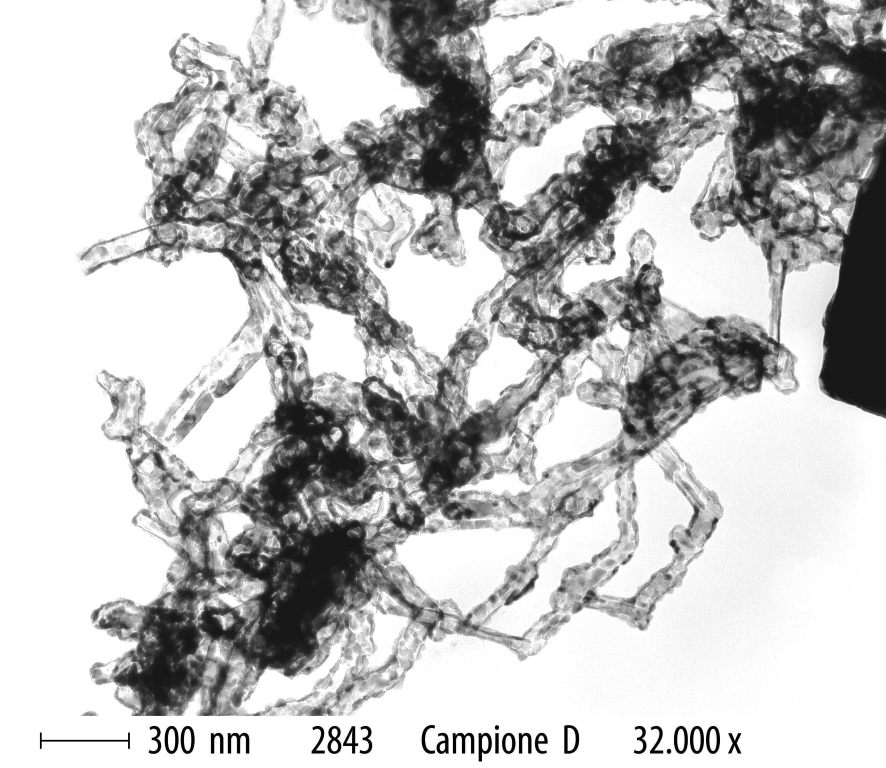
Nanostructures, Nanomaterials and Complex Fluids, X-ray and Light Scattering
Since 2003 the team of the Aerosol and Nanostructures lab, which was started in 1999, makes routinely the synthesis of one dimensional (1D) nanomaterials and nanoparticles both organic (carbon nanotubes) and inorganic (Zinc and Bismuth nanotubes).
The lab group uses original set-ups designed and realized in home that perform the Chemical Vapour Deposition route for the quasi 1D- nanostructures and the Evaporation/Condensation in the gas phase (aerosol) route for nanoparticles.
Characterization of such nanomaterials is obtained via SEM, TEM, XRD, SAXS, NEXAFS, XPS, ADB, DRIFTS.


Zinc nanotubes (TEM) Bismuth Nanowires (SEM)
The same lab leader has been in 2005 the scientific responsible of a contract between IM and FERRARI S.p.A. on the topic “Nanofluids”, which was dedicated to investigate the feasibility of cooling liquids with high performances to be employed in racing engines.
In the years, the lab has realized a set-up to measure the thermal conductivity, diffusivity and heat specific capacity of lubricating oils and bi-phase liquid-solid suspensions with liquid matrix and solid nanosized inclusions.
One other activity of the same team Aerosol and Nanostructures is focussed on the Monte Carlo simulations of phonon heat transfer at nanoscale, which is aimed to infer transient temperature fields in typical 1D nanostructures obtained in the experiments.
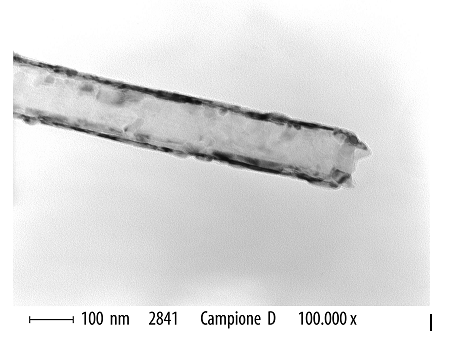
left) transient temperature along the axis of a nano-pillar with rectangular section (20×20 nm, length 400 nm);
right) one Zinc nanostructure synthesied in the experiment at lab.
One significant part of the experimental activity is performed by submitting proposals at large scale X-ray synchrotron facilities ESRF (Grenoble), SOLEIL (Paris), ELETTRA (Trieste) and Neutron reactors at Rutherford Appleton Laboratory (Oxford) and Laboratoire Léon Brillouin – CEA (Paris). Experiments in the past have been made in cooperation with Kentucky University at Advanced Light Source (ALS) at Lawrence Berkeley National Laboratory.
The topics of the to-date approved experiments have been centered on the study of combustion processes, the effect of soot suppressors and fire extinguishers on soot size, morphology and concentration (SAXS), the carbon and metal particulates generated in plasma (fireballs) and arch discharge, the photo-emission and absorption from nanomaterials and nanoparticles, the source speciation of the different types of soot (gasoline engine, flame soot, graphite ecc. through the ratio of π-peak to σ-peak in NEXAFS) in particular with regards to the crystallographic order (WAXS) and graphitic contents of the different carbon materials.
The X-ray techniques used by Aerosol and Nanostructures team, which works in tightly cooperation with CNRS UMR 6251 (Rennes), CEA (Paris), Lund and Tel Aviv Universities have been to-date:
- Small Angle X-ray Scattering (SAXS) at ESRF;
- Near Edge Fine Structure X-ray Absorption (NEXAFS) at SOLEIL;
- X ray Absorption (XAS) and Photo Emission Spectroscopy (XPS) at SOLEIL;
- Small Angle Neutron Scattering (SANS) at Rutherford Appleton Laboratory (ISIS) Oxford
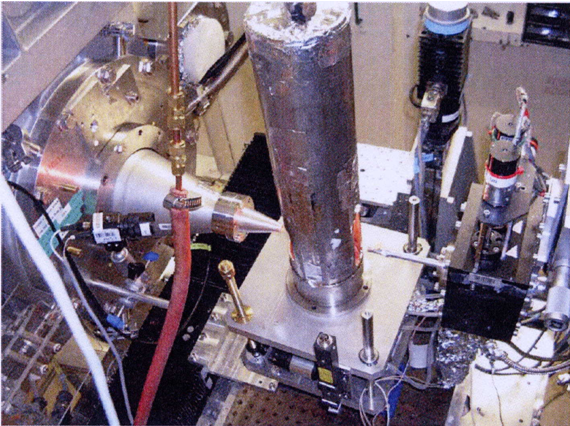
Set-up used in one experiment at ESRF on beamline ID02
Data analysis after SAXS measurements on an ethylene-air diffusion flame
NEXAFS taken of different carbon nanomaterials
The activities of the Aerosol and Nanostructures lab of CNR IM have natural implications in the technology and industrial sectors with mission the production and control of nanomaterials, lubrication oils and cooling liquids with high performances, polymers matrix and car tires with nanoscaled inclusions, protective paintings and anti-wear coating, structure and devices for the energy storage.
COOPERATION is performed with the following research teams:
- Institute of Chemical Kinetics and Combustion-Russian Academy of Science (Novosibirsk)
- Institute of Physics – CNRS UMR 6251 Université de Rennes I (Rennes)
- Combustion Physics Division, University of Lund (Lund)
- Beijing Institute of Technology (BIT), Institute of Materials Science and Engineering
- 21
Oct 13
-
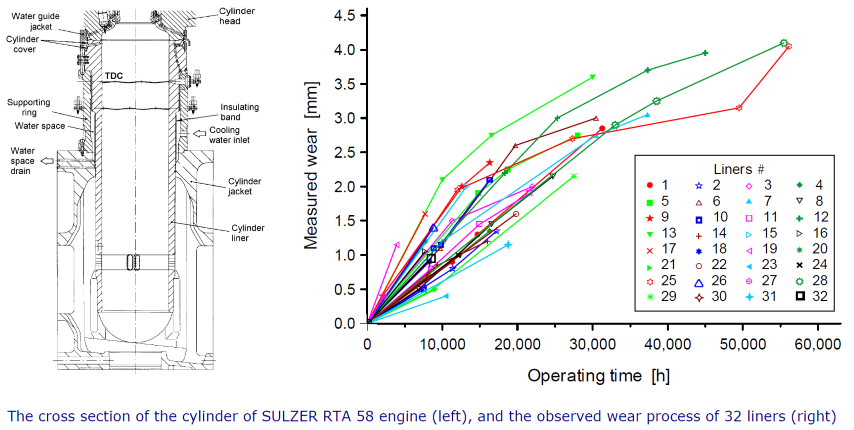
Reliability of the Propulsion Systems
The reliability, that is the ability of a product to operate correctly for a given time and under specified operating conditions, is one of the main performance indexes of the means of transportation and of their subsystems, such as the engine. The importance of such index has greatly increased over the last few years, because of the increasingly widespread globalization of the market for transport.
Regarding the propulsion system, we must emphasize that it has become more and more complex, with a growing presence of electronically controlled engines both to meet the growing needs for the reduction of pollutant emissions and the highest energy efficiency of the combustion process, and to improve passive and active safety and for a better comfort of use of the vehicle.
Inevitably, the more complex a system becomes, the more difficult it is to achieve the reliability targets imposed by the market, especially when such targets must be ensured since the beginning of the production process. As a consequence, the methods able to accurately evaluate and forecast the product reliability become more complex.
The Institute promotes, in the field of transport, an integrated research activity answering the growing need for scientific research and technological development which comes from the civil society and national industry: amongst these research activities, we can include the development of specific stochastic models of new generation for modeling the failure process of complex repairable systems, for modeling degradation phenomena (such as wear, corrosion, fatigue, and so on) and analyzing the competing risks processes, for developing innovative maintenance policies (called “condition-based maintenance”) aimed at reducing the maintenance costs of complex systems.
The stochastic models thus developed have been widely applied in the field of transport, for example to study the degradation process of automotive catalytic converters, the reliability of automotive gearboxes, the failure process of bus powertrains, the wear process of cylinder liners of marine engines, the degradation phenomena in solid oxide fuel cells, and so on.
- 21
Oct 13
-

Mixing Process
Laser Doppler and Phase Doppler Velocimetry have been extensively used at Istituto Motori within optical accessible engines to obtain detailed measurements of one or two components of the velocity field and size of fuel droplets, joined to a planar technique, the Particle Image Velocimetry (PIV), to provide a clearer illustrations of the flow field structure and allow a better understanding of the physical process implied.

Additional experimental investigation tools, based on non interfering light-based or non-conventional sources (X-ray), have been used to scan the pulsed phenomenon while mineral based, vegetal derivate or nanoparticle additivate fuels have also been investigated.
Sensor-devoted activities and innovative actuators for injection command and monitoring complete this part of activities.

Multi injection strategies have been implemented on a complete programmable ECU using the last generation Common Rail (CR) high pressure injection system typical of new generation EURO5 diesel engines. Studies involving the injections in the spray bomb and in single-cylinder research engine have been made in order to assess the behaviour of the fuel dispersion for mineral diesel and different biodiesels.
For the formation process of the air-fuel mixture, optical diagnostic techniques are used; they are based on the interaction of light-material in the UV-visible field and allow to follow, temporal and spatial resolved, the liquid and vapour phases which precede the priming of the combustion. These techniques are applied both to quiescent high pressure vessels, optically accessible, and to prototypes engines, optically modified in order to get a wide field of view for optical diagnostic application.

The experimental analysis for the characterisation of the fuel/wall impingment, for the identification of droplet rebounding phenomena, splashing and liquid film formation is carried out by means of imaging optical techniques. Moreover, aiming at optimizing the engine control strategies to meet European emission standards, the measure of size and fuel droplets velocity associated to functional parameters of the injection system, may contribute to clarify theorethical aspects of spray atomization and breakup as well make the data base for CFD codes calibration.
- 21
Oct 13
-
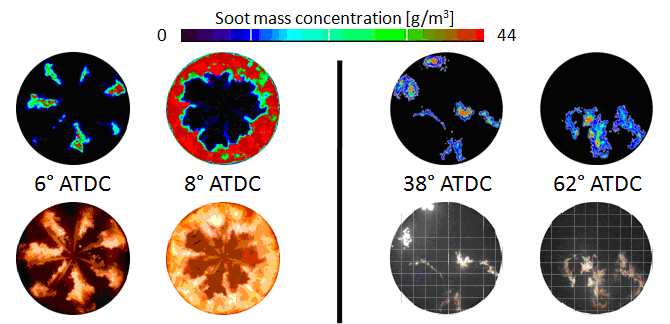
Particulate Formation
The Environmental Protection Agency (EPA) and the European Union (EU) have emphasized the need for regulating the dimensional characterization of the particle exhaust emissions from i.c. engines : the next Euro VI limit, to be adopted by 2015, will concern the exhaust particle size from diesel engines.
Measurements performed in Instituto Motori using optical systems and SMPS (Scanning Mobility Particle Sizer) and ELPI (Electrical Low Pressure Impactor), have provided bidimensional distributions of the soot at the exhaust of engines operating with innovative combustion strategies with maximum values around 3-5 nm and 40 nm.Some experiments are focused to identify the functional link between the formation process within the chamber and the products at the exhaust by means of spectroscopic measurements. Other research activities concern the deepening of the knowledge on the mechanism of soot oxidation.
However, the insufficient level of available experimental data, especially at high pressure, for the verification of the theoretical models of formation/oxidation of the soot can be bridged by a campaign conducted through the shock tube system.Considerable technological advances in new generation diesel engines have drastically reduced particulate emissions: the innovative injection strategies made possible by the introduction of common-rail systems, and the adoption of alternative combustion (PCCI, HCCI, and so on) have reduced the particulate formation in combustion chamber further lowered by the adoption of the post-treatment devices. Consequently, taking into consideration the low value of the current and future emission limits, the measurement of the particulate mass concentration with the techniques that have been used to date appears to be problematic.
For this reason, an optical diagnostic system has been developed and implemented. It is based on the CRDS (Cavity Ring Down Spectroscopy) tecnique, to measure the particulate extinction coefficient at the exhaust. The technique shows a high sensitivity (Kext fino 10-5 m-1), which allows to measure the very low concentrations of particulate matters (up to 1μg/m3), and a highly timing resolution.

- 17
Oct 13
-
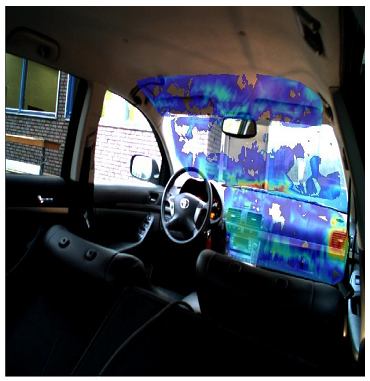
Vibroacustics
Over the last decade, customer demands regarding acoustic performance, along with the tightening of the  legal regulations on noise emission levels and human exposure to noise, have made the acoustic behaviour into an important criterion in many design problems. In the automotive industry, for instance, the passenger’s acoustic comfort has become an important commercial asset.
legal regulations on noise emission levels and human exposure to noise, have made the acoustic behaviour into an important criterion in many design problems. In the automotive industry, for instance, the passenger’s acoustic comfort has become an important commercial asset.
Vehicle sound and vibration quality is a very broad subject. It is well known that some NVH elements affect comfort, such as gear whine, boom, tire and wind noise. Others like engine noise in acceleration and ride and handling have a more direct impact on overall appeal.
In Istituto Motori the research in this field is continuously in progress in order to realize numerical simulations and experimental validation in the acoustic and vibration laboratory.
More precisely, research activities are carried out on the engine test bench , on its subsystems (intake filter box and exhaust muffler), and inside a vehicle, as well.
In the following the main covered topics are listed:
Numerical simulations:
- FEM simulation on engine, vehicle and its subsystems (modal analysis, frequency response, etc.)
- BEM analysis
- Multibody simulation
- Aero-acoustic analysis (gasdynamic noise and flow noise)
- Signal Processing (ARMA technique, Wavelet) utilizing vibrational or in-cylinder data (in-cylinder pressure reconstruction, fault detection and knock detection)
Experimental analysis:
- Modal analysis (Hammer Test and Laser Vibrometer Scanner)
- Acoustic analysis (microphones, sound intensity probe and Pressure-Velocity sound probe)
- Transmission Loss and absorption coefficient measurements (Impedance Tube and Intensity measurement)
